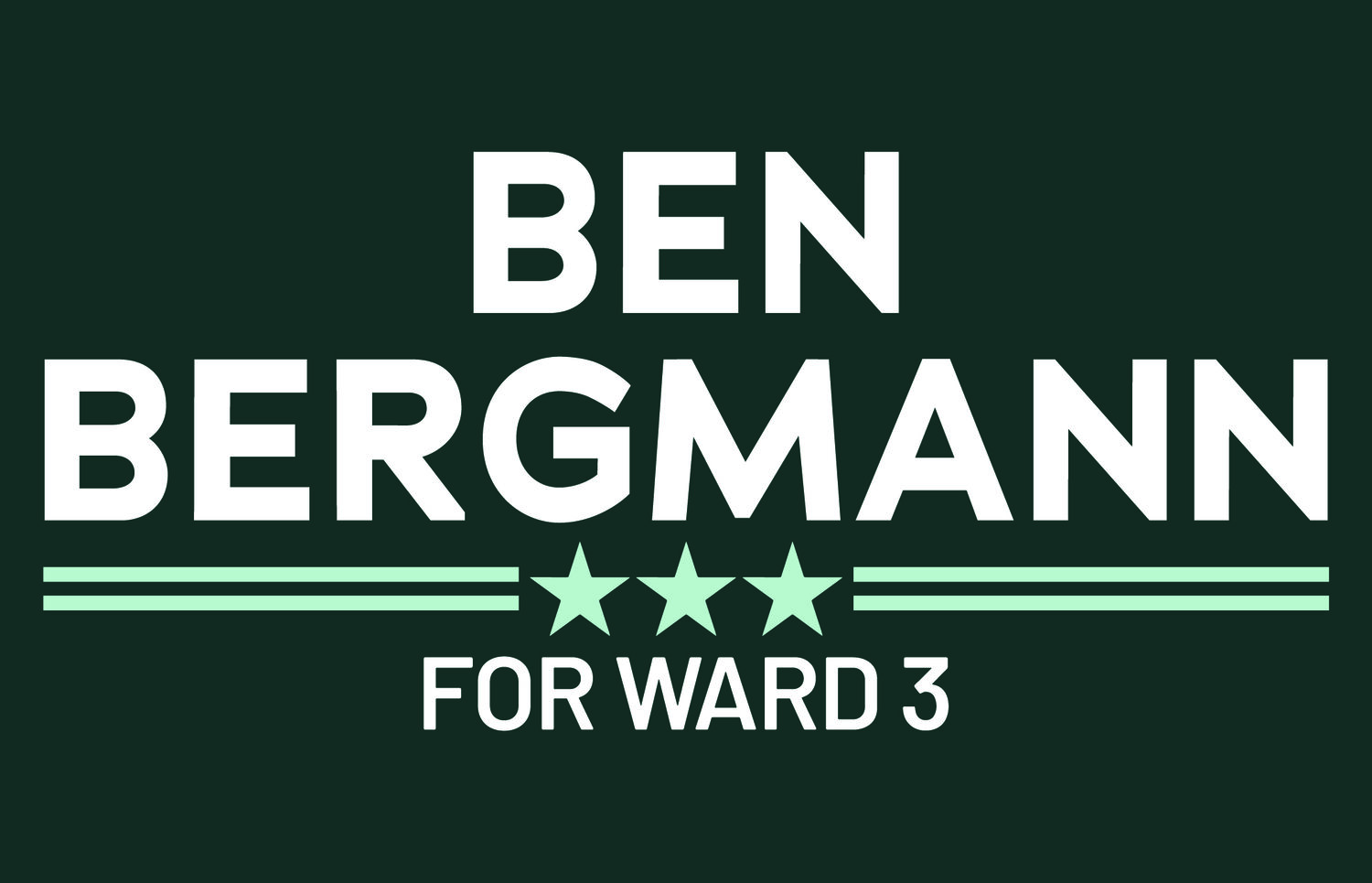
Re-Imagining Downtown, our Commercial Corridors, and Public Places
The pandemic has accelerated an identity crisis for the District’s Downtown, which could threaten to wreak havoc on the District’s tax base and economy if it is not properly managed. One in five offices are empty downtown, an historic high. The private employers whose work revolves around federal agencies will follow the federal government, which has embraced remote work. As hybrid schedules become the norm, the calculus will change for many. If one only comes into the office 2 or 3 days or not at all, does it matter if one lives farther away? The solution is to make DC a more attractive place to live. That means making it more affordable, first and foremost, but it also means investing in neighborhoods to make them more dynamic, walkable, and alive.
To make that a reality, we also need to think critically about how we currently use public space. Wider sidewalks, investing in thoughtful streetscaping, and being open to innovative uses of spaces previously reserved for parking or other uses, like the streeteries that we have all become familiar with.
A focus on encouraging walkable, mixed-use development can also help revitalize struggling Friendship Heights and other underutilized commercial areas. Like the emptying out of offices, which triggered a knock-on effect for the restaurants and businesses that cater to downtown workers, the struggles of brick-and-mortar retail have only gotten worse over the past two years. As we chart a path forward, let’s be sure that we are creating something that is better than before—neighborhoods that are alive, that have people both during the day and the night, and that are resilient.
MY PLAN IN BRIEF
Pursue reforms to make it easier for Washingtonians to start small businesses.
Explore ways to use tax and other policy tools to incentivize office-to-residential or office-to-mixed use conversion downtown.
Incentivize mixed-use development going forward in DC’s business and commercial districts.
Strategic densification near and around commercial strips.
Continued experimentation with streeteries.
A committment to thinking critically and creatively about how we use public space.
As your Councilmember, I will support:
Reforms to make it easier for Washingtonians to start small businesses, including:
Streamlining the registration process for new businesses and reducing fees for entrepreneurs looking to start their first business.
Reducing fees and other unnecessary gatekeeping requirements for professional licensure.
Ensuring that our regulatory landscape makes it possible for small businesses to succeed, thrive, and compete with national chains.
Exploring ways to use tax and other policy tools to incentivize office-to-residential or office-to-mixed use conversion downtown. Despite the record vacancy rates, there are many financial and logistical impediments to wide-scale conversion of underused office buildings. From the lower value of residential rents to mundane issues like the cost of shifting from a central restroom on a floor to multiple bathrooms in each individual unit, there are many reasons why conversion is less viable in practice than in theory. However, tax incentives, a streamlined process, or the waiving certain requirements could move the needle and induce owners to pursue a conversion.
Incentivizing mixed-use development going forward in DC’s business and commercial districts. Mixed use neighborhoods are far more resilient during periods of economic stress. Encouraging mixed use development in which housing is commingled with commercial uses can also activate and revive struggling commercial areas.
Strategic densification near and around commercial strips. A walkable commercial corridor is healthier and more resilient. This is true for large commercial areas like Friendship Heights and small 2 block strips like the one I represent on New Mexico Avenue. New multifamily housing means increased foot traffic and a larger neighborhood customer base for local restaurants and shops. This is one, often unacknowledged, way that homeowners in low-density neighborhoods benefit from living near dense multifamily housing.
Continued experimentation with streeteries. The “streeteries” emerged as a necessity but, as frequently happens, the benefits they provide remain relevant after the pandemic. Streeteries activate streets, making them feel more lively and attractive, which can lead to higher foot traffic for local businesses. There is a certain indescribable, but amazing, energy that comes with sitting at a table on a bustling street eating a good meal. It’s part of what makes living in a city so special.
Thinking critically and creatively about how we use public space. Like many families with young kids, we spent much of the pandemic outside. This was made easier by some moments of ingenuity and adaptability by the District. We began eating at restaurants again because expanded seating made outdoor dining feasible. We strolled on expanded pedestrian walkways in Georgetown. We enjoyed several drive-in movies and a socially distant “dinosaur safari” at RFK. Going forward, I would like to see more examples of DC being open to experimentation and other ideas for using public space. For example, it should be easier to temporarily close major avenues for street fairs and community festivals, like Art all Night.
